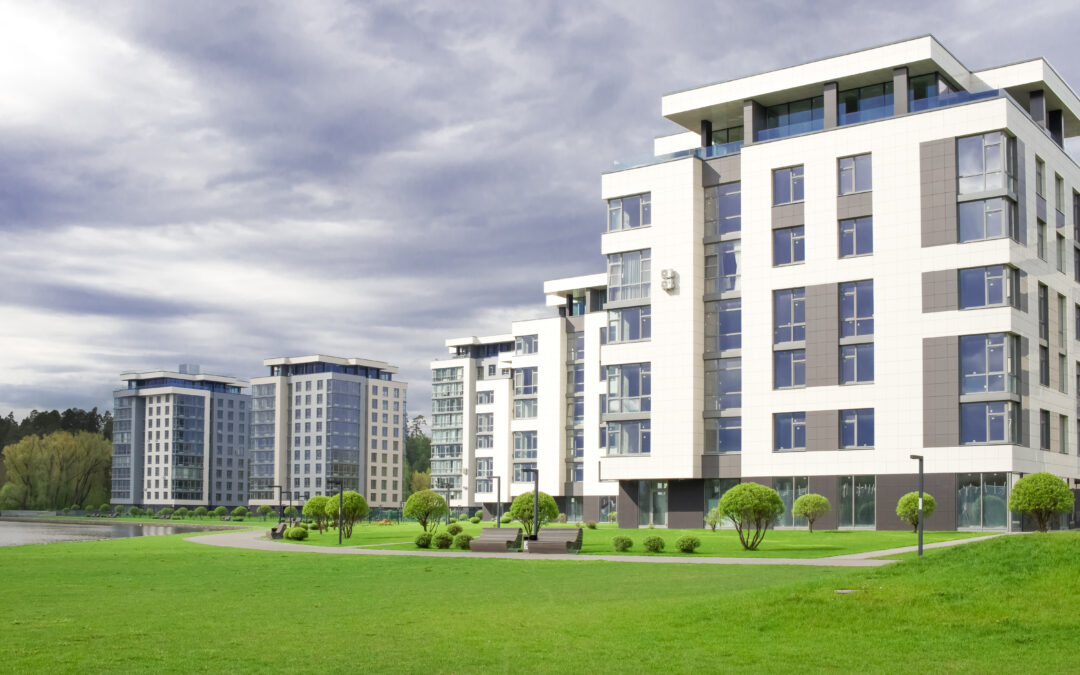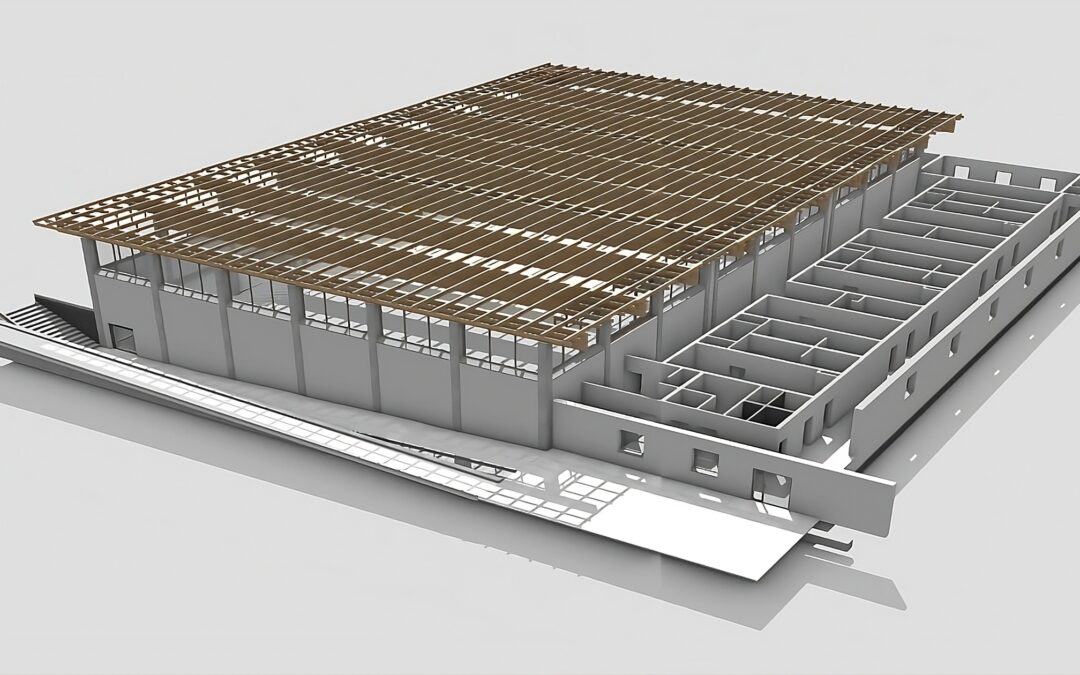In early 2020, Microsoft’s Chief Executive Officer, Satya Nadella, highlighted that his business had seen more than two years’ worth of digital transformation in two months. Faced with economic shutdowns, capacity restraints and the restricted movement of people, the construction and engineering sectors have also had to sharpen their focus on digitisation.
Brent Van Lelyveld, Associate Director at BG&E in Perth says, “The engineering profession grasped digital engineering some time ago and generally refer to it as the process of creating, obtaining and utilising data for every aspect of a project. Teams are, near seamlessly and via a combination of platforms, using real-time data to collaborate, design and deliver projects.”
The benefits of digital engineering are immense. Whether it is the ability to find, report and then resolve defects in construction with transparency in communication, or test and retest concepts in the design phase, the ultimate outcome is increased control and higher quality results.
Similarly, Augmented Reality and Virtual Reality are important in this space. They began in the gaming world for leisure but the professional application of both enables engineers, architects, asset owners and operators, financiers and other stakeholders to walk through buildings or infrastructure and their immediate surrounds, either constructed or pre-construction, which is an incredibly powerful way of consuming information. Brent says, “At BG&E, we use 3D, 4D and 5D modelling with various projects. We are also piloting Artificial Intelligence.”
One of the most significant step changes in digital engineering has been the role it plays in assessing traffic flows and human movement, once a building or infrastructure is in operation.
In the era of social distancing and contact tracing, understanding how the community and its occupants interact with assets has never been more important. Identifying bottle necks, automating elevator use and allowing for appropriate distances is likely to remain a crucial part of our lives for many months, maybe years, to come.
Digital engineering offers key benefits that are regularly under-appreciated; collaboration and information sharing. In the construction environment, continuity and information are key to making sound decisions, yet the transfer of data and experience across projects even within the same business has never been easy with teams changing and processes evolving.
Brent says, “The engineers of tomorrow will be not only defined by their engineering expertise but also by their willingness to innovate, to use multiple approaches and to leverage the extensive data at their disposal. That will be the game changer and could improve every stage of the design and construction process.”



